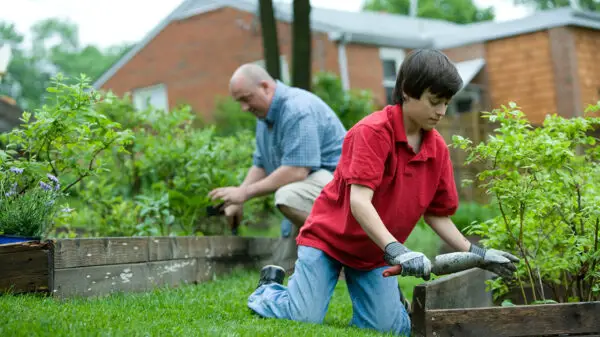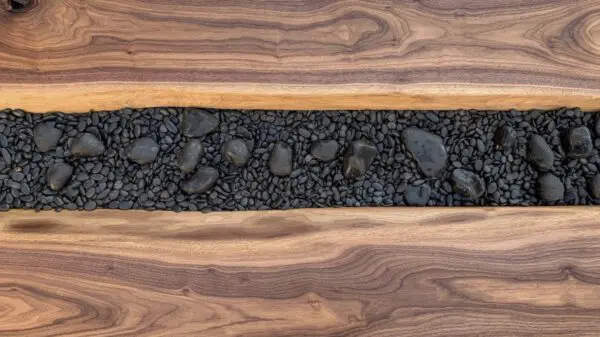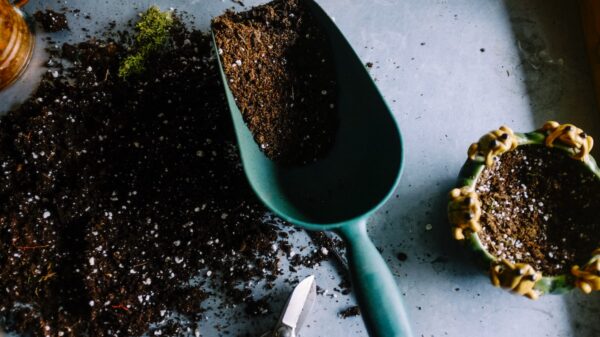In the ever-evolving world of gardening, microgardening has gained substantial popularity. This miniature form of gardening allows individuals to cultivate plants in limited spaces, making it an ideal choice for urban dwellers. However, one critical aspect that often gets overlooked is soil quality and health. In this article, we will delve into the secrets of maintaining and improving soil quality in microgardening over time.
What is Microgardening?
Before we dive into the nitty-gritty of soil quality, let’s briefly understand what microgardening is. Microgardening is a gardening technique that involves growing plants in small spaces, such as balconies, patios, or even window sills. Due to the limited space, gardeners often rely on containers or small plots to cultivate their favorite herbs, vegetables, and flowers. The success of microgardening depends significantly on the quality of the soil, as these confined spaces lack the natural resources of a traditional garden. It’s a sustainable way to create a green oasis in the midst of urban landscapes.
The Importance of Soil Quality in Microgardening
Maximizing Limited Resources
In microgardening, you have limited space and resources. Therefore, it’s crucial to make the most of what you have. High-quality soil ensures that your plants receive the necessary nutrients to thrive, making efficient use of the available space.
Enhancing Plant Growth
Good soil quality leads to healthier plants. Microgardening enthusiasts often aim for a lush, vibrant display in their small spaces. Healthy soil plays a pivotal role in achieving this goal by providing essential nutrients and fostering root development.
Crop Rotation
Microgardens are prone to soil depletion, as plants in containers can quickly exhaust the available nutrients. To counter this, practice crop rotation, which involves changing the type of plant in a specific area seasonally. This prevents nutrient depletion and reduces the risk of soil-borne diseases.
The Foundation: Soil Composition
Understanding Your Soil
The first step in addressing soil quality is understanding its composition. Microgardening often involves containers or raised beds, which means you have control over the type of soil you use. Ideally, you want a well-draining, nutrient-rich mix.
Composting Magic
One effective way to address soil health over time is by implementing a composting system. Composting enriches the soil with organic matter, improving its structure and fertility. Regularly adding compost to your microgarden helps maintain soil health.
The Importance of Crop Rotation
Preventing Soil Depletion
In microgardens, space is limited, and plants are often grown in close proximity. To prevent soil depletion, consider crop rotation. This practice involves changing the location of crops each season to reduce soil-borne diseases and nutrient imbalances.
The Role of Mulching
Retaining Moisture and Suppressing Weeds
Mulching is another valuable technique for maintaining soil health. Applying mulch to the soil’s surface helps regulate temperature, retain moisture, and reduce weed growth. Organic mulches, such as wood chips or straw, also decompose over time, enriching the soil. Mulching is a microgardener’s best friend. It helps retain moisture in the soil, reducing the need for frequent watering. Moreover, it suppresses weeds, ensuring that your plants have access to all the nutrients they need.
Beneficial Microorganisms
The Underground Workforce
Invisible to the naked eye, beneficial microorganisms play a crucial role in maintaining soil health. These tiny organisms break down organic matter, making nutrients more accessible to plants. To encourage their presence, avoid using chemical pesticides that can harm them.
Sustainable Watering Practices
Balancing Act
Watering in microgardening is a delicate balance. Too much water can lead to root rot, while too little can result in parched plants. Invest in a soaker hose or a drip irrigation system to ensure even moisture distribution.
Organic Fertilizers
Feeding the Soil
In microgardening, relying on synthetic fertilizers can lead to nutrient imbalances and harm beneficial soil organisms. Opt for organic fertilizers, which release nutrients slowly and improve soil structure.
The Art of Observation
Learning from Your Garden
The most valuable skill a microgardener can develop is the art of observation. Regularly inspect your plants for signs of nutrient deficiencies, pests, or diseases. Adjust your gardening practices accordingly.
Companion Planting
Nature’s Pest Control
Companion planting is a practice that involves growing different plants together to create a mutually beneficial environment. Certain plants naturally repel pests or attract beneficial insects. Incorporating companion planting into your microgarden can help maintain soil health by reducing the need for chemical pesticides.
Soil Testing
Know Your Soil’s Needs
Periodic soil testing is a valuable tool in microgardening. It allows you to understand your soil’s specific needs and make necessary adjustments. You can send soil samples to a local agricultural extension office or use at-home soil testing kits.
pH Balancing
The Goldilocks Zone
Monitoring the pH level of your microgarden soil is essential. Many plants have specific pH requirements for optimal growth. Correct any imbalances by adding appropriate soil amendments. Soil pH plays a crucial role in nutrient availability. Most plants prefer a slightly acidic to neutral pH. If your soil is too acidic or alkaline, it can hinder nutrient uptake. Lime is commonly used to raise pH, while sulfur can lower it.
Sustainable Pest Management
Protecting Your Green Haven
Pests can wreak havoc on your microgarden if left unchecked. Instead of resorting to harsh chemicals, opt for sustainable pest management techniques. Implement integrated pest management techniques and practice good garden hygiene to prevent and address these issues. Introduce beneficial insects like ladybugs or use neem oil, which is an organic pesticide.
Vertical Gardening
Maximizing Space
In microgardening, space is at a premium. Vertical gardening allows you to make the most of your limited space. You can grow climbing plants like tomatoes, cucumbers, or beans on trellises or walls, freeing up precious ground space.
Seasonal Adjustments
Adapting to Change
Microgardening often involves growing seasonal crops. Be prepared to adjust your gardening practices according to the changing seasons. Different plants have different requirements, so staying flexible is key.
The Joy of Harvest
Reaping What You Sow
One of the most rewarding aspects of microgardening is harvesting your own fresh produce. Harvesting at the right time ensures maximum flavor and nutritional value. Remember to share your bounty with friends and family; it’s a great way to spread the joys of microgardening.
Conclusion
Microgardening is a wonderful way to connect with nature, even in the most constrained spaces. By paying attention to soil quality and health, you can ensure that your microgarden thrives for years to come. Remember, healthy soil leads to healthy plants, and healthy plants bring joy and beauty to your life
Now that you’re armed with knowledge on nurturing soil quality and health in microgardening, it’s time to put your green thumb to work. Happy gardening!
FAQs
- Can I use regular garden soil for microgardening?
- While it’s possible, it’s best to use a well-draining, nutrient-rich mix specifically designed for containers.
- How often should I rotate crops in my microgarden?
- Aim for a three-year crop rotation cycle to effectively prevent soil depletion.
- What are some common signs of nutrient deficiencies in plants?
- Yellowing leaves, stunted growth, and poor fruit development are typical signs.
- Can I use chemical pesticides in my microgarden?
- It’s best to avoid them as they can harm beneficial microorganisms. Opt for organic pest control methods instead.
- What are some common companion plants for tomatoes in microgardening?
- Basil, marigolds, and nasturtiums are excellent companions for tomatoes.
- How frequently should I conduct soil tests in my microgarden?
- Testing annually is a good rule of thumb, but more frequent testing may be necessary if you encounter issues.
- Are there any plants that thrive in alkaline soil?
- Some plants, like asparagus and beets, prefer slightly alkaline soil.
- What should I do if I discover a pest infestation in my microgarden?
- Act promptly by applying organic pest control methods or introducing natural predators.
- Can I use synthetic fertilizers in a pinch if I run out of organic ones?
- While it’s not ideal, you can use them sparingly, but prioritize organic fertilizers for the long-term health of your soil.
With these additional insights, you’re well on your way to becoming a microgardening expert. Remember, microgardening is not just about growing plants; it’s about nurturing a thriving ecosystem in your limited space. So, embrace the green journey, experiment, and enjoy the lush rewards of your mini oasis. Happy microgardening!









